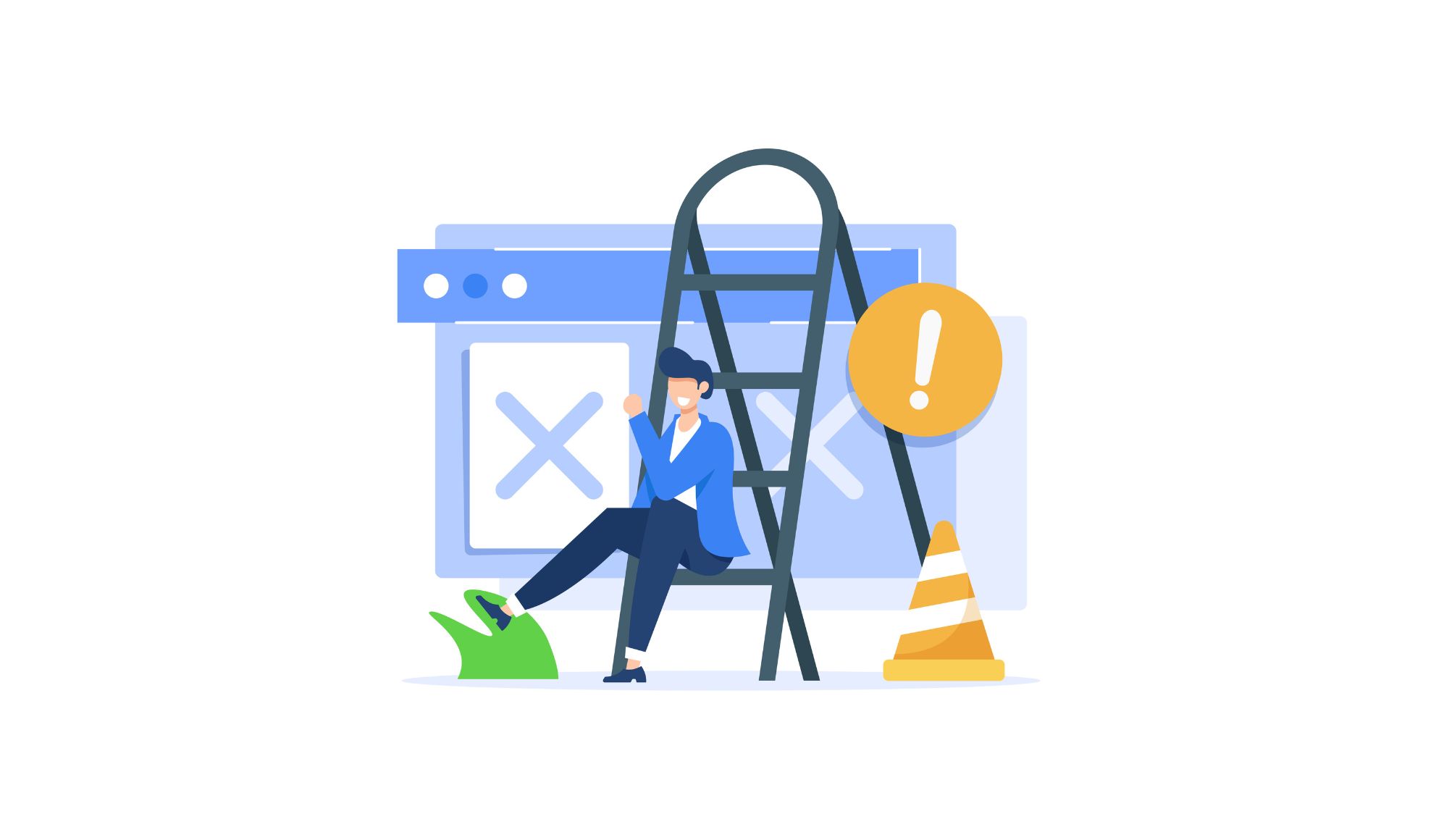How to Make Your Small Business More Efficient
by Ankita Tripathy Small Business Published on: 11 November 2022 Last Updated on: 04 March 2025

As a small business owner, you know the importance of getting priority tasks done as efficiently as possible.
One slow-moving part can hold up the rest, and the bottom line is inefficient workflows cost you money unnecessarily.
Use the tips below to help keep your operations running as seamlessly as possible.
Top Ways to Make Your Small Business More Efficient

Making your small business stand out is a challenging feat. You must have clarity about different components in order to make it more efficient. In this section, we will be discussing some of the ways and means that you can use in order to make your small business grow and become more efficient.
However, remember that this is a generalized section. Therefore, what might work for your business might not work for others. Hence, take help from this section and come up with your own plan for scaling your business.
On that note, let us dive right in and let us look at means and ways to improve your small business to make it more efficient and revenue-making.
1. Automate Wherever Possible
From software that invoices clients to setting up mobile shredders. Automate as many mundane tasks as you can, especially those that pull time, energy, and focus away from business activities. Activities that actually make you money, like sales calls and responding to customer emails.
2. Encourage Your Team to Use the Most Efficient Communication Method
We all got used to sending Slack messages and emails during the pandemic, but they may not be the most effective medium to communicate with, depending on the type of conversation.
For example, shooting a quick email or Slack message is suitable for one-question, one-answer dialogues, but if a conversation requires back and forth and explanations, then face-to-face talks or phone conversations are much more efficient and don’t depend on waiting for people to respond for the conversation to continue.
3. Limit Stand Ups/Huddle Ups to No More Than 10 Mins
Put a time limit on your daily meetings in proportion to the number of employees attending so that anyone taking the floor will have to babble and prioritize their messages.
This allows your team to connect and get on the same page without draining them of valuable energy and momentum during the most crucial part of the day. Creating a sense of urgency during the meeting can also send your team off at the right pace to tackle their mornings.
4. Remove Interruptions

It’s always a good idea to revisit how many of your meetings are actually necessary and who exactly needs to be there. If you have a daily meeting followed by a weekly team meeting, followed by a weekly department meeting, and the information gets less personally relevant with each ascending meeting level, consider doing bi-weekly or monthly meetings.
How many of your staff are in meetings just to “be in the loop” of information that could have been sent in an email?
However, it’s important to also reduce the number of emails and chats to a minimum as well – especially if those conversations would end a lot sooner if they were face-to-face. (See above)
5. Encourage Staff to Focus on Completing One Task at a Time
The idea of multitasking may make us feel like we’re getting more done in less time; however, it’s likely that we aren’t saving time; we’re just taking more time to complete a single task. The term multitasking itself is misleading; we are more accurately “task-switching.”
While you may think you’re doing two things at once, what you’re really doing is moving between tasks really quickly. And the more you do that, the longer it takes to complete anything, which is not only unproductive but is psychologically de-motivating as well.
Meanwhile, the opposite is true of focusing on a task until it’s complete. That sense of accomplishment encourages us to keep the momentum going and knock off as many tasks on our lists as possible.
6. Get Organized
The foremost thing that you need to do is to get organized. Business can only grow with an organized approach. Therefore, ensure that you are organized and things are in order.
One simple means of getting organized is to create to-do lists on an organizational level. This is an excellent practice as it allows companies to track the overall progress of the work effectively
Therefore, start getting organized and see the difference. See how it is positively affecting your business.
7. Keep A Detailed Record Of Everything
Running a business is about more than just bringing in money. It is so much more than that. To be effective, you need to ensure that you have a detailed record of everything that is going on in your business.
This will not just help you grow but it will also allow you to be more organic and detailed in your scaling effort. It will also help you identify the point where things might have gone wrong. Therefore, keep a record of everything that is going on.
8. Analyze Your Competition

Take a moment to study your competitors. This is an excellent exercise as it will help you guys understand what your competitors are doing better. Or how are they more effective in some regions of the business?
Therefore, sit with your business advisors and create a detailed competitor analysis report that can help you to be more understanding of what your customers might need in the long run.
The Final Thought
In the end, there is no one answer to the question, ‘How to grow a small business.’ As a result, you need to come up with strategies that work for your business.
Leave us feedback if you liked this piece of content and follow us for more such content on business and wealth management. Thank you, and have a great day ahead.
Additionals:



































































































